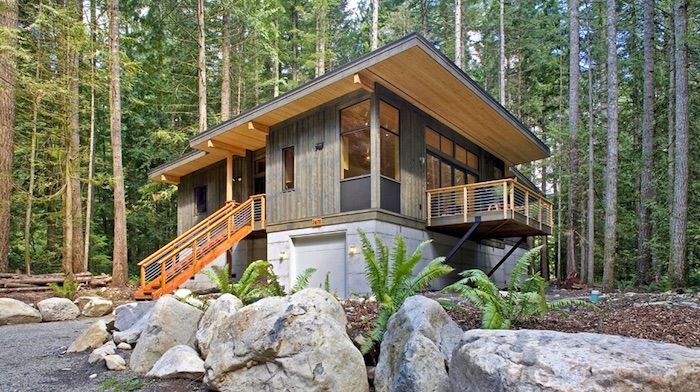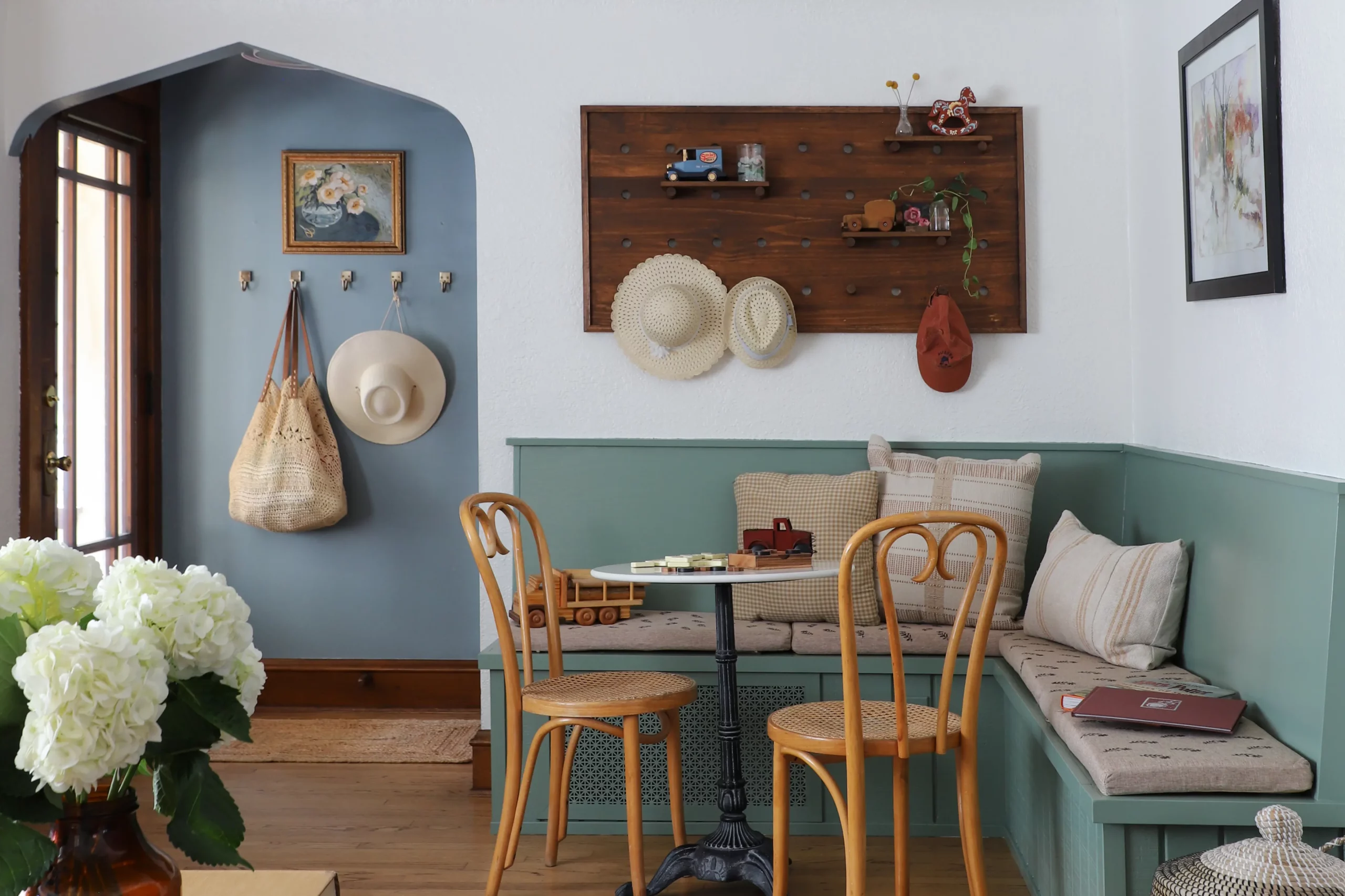Introduction
In an era of environmental consciousness and growing concern for the planet, creating an eco-friendly home has become a paramount goal for many homeowners. Embracing sustainable living practices not only benefits the environment but also contributes to reduced energy consumption, cost savings, and improved well-being. This article explores the principles of eco-friendly living, innovative green technologies, and practical steps to transform your home into an environmentally responsible haven.
The Principles of Eco-Friendly Living
- Energy Efficiency: Emphasize energy-efficient practices, such as using LED lighting, investing in energy-efficient appliances, and ensuring proper insulation to reduce energy consumption and lower utility bills.
- Renewable Energy: Consider integrating renewable energy sources like solar panels or wind turbines to generate clean energy for your home, reducing dependence on fossil fuels.
- Water Conservation: Adopt water-saving fixtures and practices, such as low-flow toilets, efficient irrigation systems, and rainwater harvesting, to conserve water resources.
- Sustainable Materials: Choose eco-friendly and sustainable building materials, such as bamboo flooring, recycled glass countertops, and reclaimed wood, to minimize the environmental impact of construction and remodeling projects.
- Waste Reduction: Implement waste reduction strategies, such as recycling, composting organic waste, and avoiding single-use plastics, to minimize the amount of waste sent to landfills.
Innovative Green Technologies for Eco-Friendly Homes
- Smart Home Systems: Install smart home technologies that allow you to control lighting, heating, and cooling remotely, optimizing energy use and reducing unnecessary consumption.
- Energy Monitoring Systems: Utilize energy monitoring systems to track and analyze your home’s energy usage, enabling you to identify areas where improvements can be made.
- Green Roofs: Consider installing a green roof, which features vegetation that improves insulation, reduces stormwater runoff, and enhances air quality.
- Passive Solar Design: Incorporate passive solar design principles, such as large south-facing windows and thermal mass, to optimize natural heating and cooling, reducing the need for artificial climate control.
- Greywater Systems: Implement greywater systems that recycle and reuse water from sinks, showers, and laundry for irrigation, reducing freshwater usage.
Practical Steps to an Eco-Friendly Home
- Energy-Efficient Appliances: Upgrade to energy-efficient appliances that bear the ENERGY STAR label, which indicates superior energy performance.
- Sustainable Landscaping: Use native plants and drought-resistant landscaping to reduce water consumption and create a habitat for local wildlife.
- Efficient Lighting: Replace traditional incandescent bulbs with energy-saving LED or CFL bulbs, which consume less energy and last longer.
- Proper Insulation: Ensure your home is properly insulated to maintain a consistent indoor temperature and reduce the need for heating and cooling.
- Eco-Friendly Cleaning: Use environmentally friendly cleaning products that are free from harmful chemicals, promoting a healthier indoor environment.
The Benefits of Eco-Friendly Living
- Environmental Impact: By adopting eco-friendly practices, homeowners can significantly reduce their carbon footprint and contribute to preserving natural resources and ecosystems.
- Cost Savings: Implementing energy-efficient measures can lead to lower utility bills and long-term cost savings, offsetting initial investments.
- Improved Indoor Air Quality: Eco-friendly homes tend to have better indoor air quality due to the use of non-toxic materials and improved ventilation systems.
- Health and Well-Being: Living in an eco-friendly home can promote a sense of well-being and mindfulness, knowing that you are making a positive impact on the environment.
Conclusion
Creating an eco-friendly home is a meaningful step towards a sustainable future. By adopting energy-efficient practices, incorporating innovative green technologies, and making conscious choices in materials and appliances, homeowners can significantly reduce their environmental impact and lead a more environmentally responsible lifestyle. The benefits of eco-friendly living extend beyond environmental preservation to encompass cost savings, improved health, and a sense of personal fulfillment in contributing to a greener and healthier planet. Embrace the principles of sustainable living and transform your home into an eco-friendly sanctuary, where the well-being of both your family and the Earth thrives.


